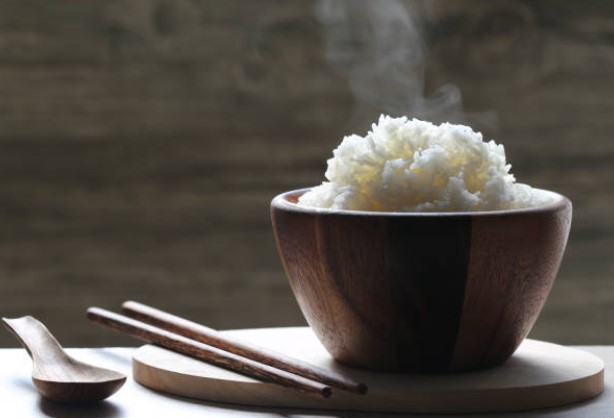Capturing Culinary Art: A Photographer’s Guide to Food Photography
Food photography is an art form that requires skill, creativity, and attention to detail. Whether you’re an aspiring photographer or a food enthusiast looking to capture your culinary creations, mastering the art of food photography can take your images to the next level.
Capturing the Perfect Angle for Cooked Rice

Food photography featuring rice presents a unique opportunity to capture the essence of a staple ingredient that transcends cultures and cuisines. Rice, with its myriad varieties and versatile applications, offers a visually compelling subject for photography, whether it’s showcased as the star of the dish or as a complementary component in a larger culinary ensemble.
Capturing the texture, sheen, and delicate nuances of rice through photography requires careful attention to lighting, composition, and styling to convey its inherent appeal and culinary significance.
Cooking the Perfect Rice
When it comes to cooking the perfect rice in a traditional rice pot or through a Yum Asia rice cooker, attention to detail is paramount. Whether you’re preparing fluffy basmati rice for an aromatic pilaf or sticky sushi rice for delectable rolls, achieving optimal results hinges on precision in both ingredients and technique.
From rinsing the grains to determining the ideal water-to-rice ratio and mastering the cooking method, each step contributes to the creation of perfectly cooked rice that not only delights the palate but also serves as a captivating subject for food photography.
Through meticulous preparation and thoughtful presentation, rice can be transformed from a humble pantry staple into a culinary masterpiece worthy of admiration both in the kitchen and through the lens of a camera.
Food Photography Tips
The Importance of Lighting
One of the key elements of food photography is lighting. Natural light is often the best choice for capturing the true colors and textures of your dishes. When photographing indoors, position your subject near a window or use diffused lighting to avoid harsh shadows.
Composition and Styling Tips
The way you compose and style your food can make a big difference in the final image. Experiment with different angles, perspectives, and props to create visually appealing compositions. Keep the focus on the main subject, and use props sparingly to enhance the overall aesthetic.
Choosing the Right Equipment
While you don’t need the most expensive equipment to take great food photos, having the right tools can certainly help. A good quality camera and lens, along with a tripod and remote shutter release, can give you more control over your shots and improve the clarity and sharpness of your images.
Editing and Post-Processing
Editing is an important part of the food photography process. Use editing software to adjust the brightness, contrast, and color balance of your images, and experiment with different filters and effects to enhance the overall mood and atmosphere.
READ ALSO: Photography Meets Kitchen Renovations
Conclusion: Elevate Your Culinary Creations with Stunning Photography
Capturing the beauty and essence of your culinary creations through photography is a rewarding and fulfilling experience. By mastering the art of food photography and incorporating these tips and techniques into your workflow, you can create stunning images that showcase your dishes in the best possible light.



